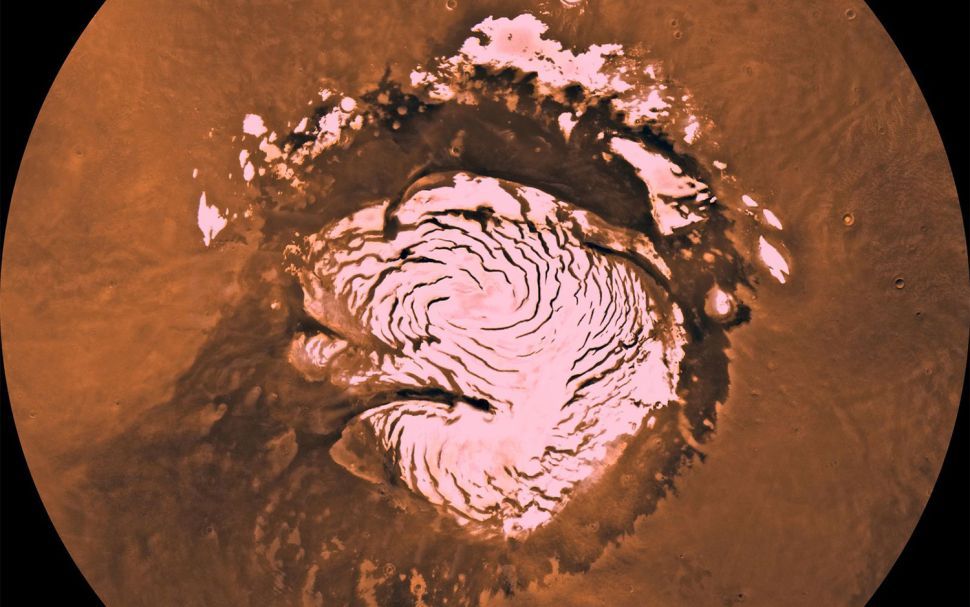Jakarta –
Mars is a planet that has very contrasting natural features in that it has large volcanoes, deep canyons, and craters that may harbor flowing water. This will be a great location for future space travelers to explore.
Quoted from Space.com, Friday (6/8/2021) the landing site for this future mission may need a flat surface for safety and practical reasons. Here are some locations that are predicted to be visited by tourists who come to Mars.
|
Photo: NASA– |
1. Olympus Mons
Olympus Mons is the most extreme volcano in the solar system. Located in the volcanic region of Tharsis, this mountain is 25 kilometers high, three times the height of Mount Everest on Earth which is about 8.9 km high.
Olympus Mons is a giant shield volcano, which forms after lava slowly creeps down its slopes. This means that the mountain may be easy for future explorers to climb, as the slope is only 5% on average. At its peak, there is a spectacular depression about 85 km wide formed by a magma chamber that lost lava (possibly during an eruption) and collapsed.
 Photo: NASA– Photo: NASA– |
2. Tharsis Volcano
While hiking around Olympus Mons, tourists are recommended to stop by to see some of the other volcanoes in the Tharsis region. Tharsis hosts 12 giant volcanoes in a zone roughly 4,000 km wide according to NASA.
Like Olympus Mons, these volcanoes tend to be much larger than those on Earth, probably because Mars have a weaker gravitational pull that allows volcanoes to grow taller. This volcano may have erupted for two billion years or half of Mars’ history.
This image shows the eastern Tharsis region as imaged by Viking 1 in 1980. On the left, from top to bottom, we can see three shield volcanoes about 25 km high, namely Ascraeus Mons, Pavonis Mons, and Arsia. Mon. At the top right is another shield volcano called Tharsis Tholus.
 Photo: NASA– Photo: NASA– |
3. Valles Marineris
Mars Not only is it home to the largest volcano in the solar system, but also the largest canyon. According to NASA, Valles Marineris is about 3,000 km long. That’s about four times longer than Earth’s famous canyon Grand Canyon, which is about 800 km long.
Researchers aren’t sure how Valles Marineris formed, but there are a number of theories about its formation. Many scientists estimate that when the Tharsis region formed, the process contributed to the growth of Valles Marineris.
Lava moving through volcanic areas pushes the crust up, which breaks the crust into faults in other areas. Over time, this fault grew into Valles Marineris.
 Photo: NASA– Photo: NASA– |
4. The North and South Poles of Mars
Mars has two regions of ice at the poles, with slightly different compositions. The north pole, (as seen in the photo) was studied closely by the Phoenix lander in 2008, while the south pole observations were from the orbiter. During winter, according to NASA, temperatures near the north and south poles are so cold that carbon dioxide condenses from the atmosphere into ice on the surface.
The process is reversed in summer, when carbon dioxide sublimates back into the atmosphere. Carbon dioxide completely disappeared in the Northern Hemisphere, leaving behind a water ice sheet. But some carbon dioxide ice remains in the southern atmosphere. All this movement of ice has a huge effect on climate Mars, generate wind and other effects.
– .


